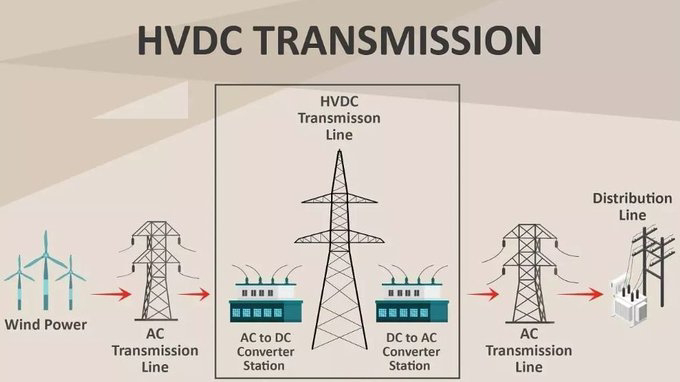Key Components:
1. Power Supply:
- N (Neutral) and P (Phase): Represent the electrical supply connections.
- E (Earth): Indicates the grounding connection for safety.
2. Fuse:
- A protective device that prevents overload or short circuits by breaking the circuit if excessive current flows.
3. Spin Timer:
- Controls the duration of the spin cycle. It allows the user to set how long the machine should spin.
4. Wash Timer:
- Regulates the washing cycle duration. It manages the timing for washing and rinsing.
5. Door Switch:
- Ensures that the washing machine operates only when the door is securely closed for safety.
6. Wash Motor:
- Powers the drum during the washing and rinsing cycles, allowing for agitation and movement.
7. Spin Motor:
- Drives the drum during the spin cycle, helping to remove water from the clothes.
8. Capacitor:
- Provides additional starting torque for the motors, ensuring they operate efficiently.
9. Buzzer:
- An alert mechanism that signals the end of the wash cycle.
Overview:
The diagram illustrates the complete wiring setup of a washing machine, showing how various components are interconnected to facilitate its washing and spinning functions. It highlights the importance of electrical safety features like the fuse and door switch, ensuring safe operation while providing functionality through timers and motors. This comprehensive layout aids in understanding how the machine operates and assists in troubleshooting or repairs.








